11 Vegetables and Plants Perfect for August Planting
August is the perfect time to start planting cool-weather vegetables that will thrive in the coming fall months. Whether you’re looking for quick-growing greens or hardy root vegetables, the cooler temperatures of late summer offer the ideal conditions for many plants. By planting now, you can enjoy fresh, homegrown produce throughout the fall and even into the winter. From leafy greens like kale and spinach to root vegetables such as carrots and beets, August planting ensures a bountiful harvest just when you need it most.
This post may contain affiliate links, which helps keep this content free. Please read our disclosure for more info.
Lettuce
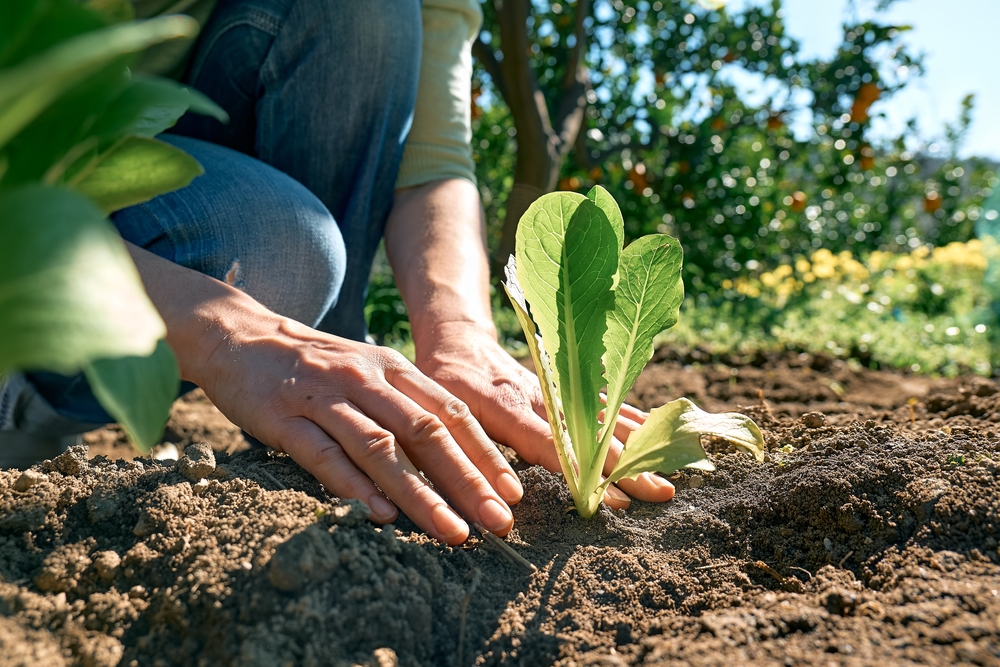
Lettuce is an excellent choice for planting in August due to its preference for cooler weather. As the temperatures begin to drop, lettuce thrives and grows quickly, often reaching harvestable size in just 6 to 8 weeks. This makes it perfect for fall harvesting, providing fresh greens right as the weather turns crisp. Different varieties of lettuce, such as Butterhead, Romaine, and Leaf, offer diversity in texture and flavor. Lettuce is also an ideal plant for small gardens, raised beds, or containers, as it does not require a lot of space to flourish.
In addition to its versatility and rapid growth, lettuce is a nutritious addition to your garden. It is low in calories but high in vitamins A and K, as well as folate and fiber. August planting gives lettuce the chance to develop as the cooler fall temperatures encourage tender, crisp leaves, which are perfect for salads or sandwiches. With proper watering and well-drained soil, you can harvest fresh lettuce until the first frost arrives.
Spinach
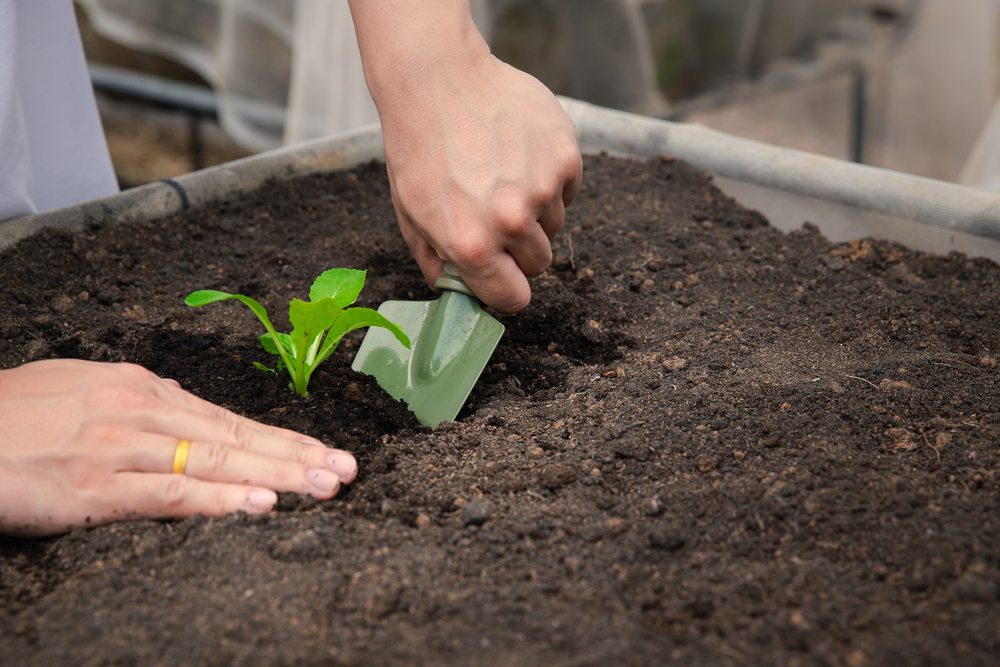
Spinach is another cool-weather favorite that thrives when planted in August. This vegetable is known for its rapid growth and high nutritional content. Spinach prefers the cooler temperatures of fall, and planting it in August allows you to harvest fresh leaves in just 4 to 6 weeks. As temperatures begin to dip, spinach plants become more flavorful and nutrient-dense. The cool weather slows down the bolting process, so spinach continues to produce leaves well into the fall.
This vegetable is not only fast-growing but also packed with vitamins A, C, and K, as well as iron and folate. You can grow spinach in full sun or partial shade, which gives you flexibility in where to plant it. Whether you have a small garden or a large one, spinach is a perfect addition for gardeners looking to enjoy fresh greens without waiting too long. Plus, it’s easy to harvest; simply pluck the outer leaves while leaving the center to grow for more leaves throughout the season.
Kale
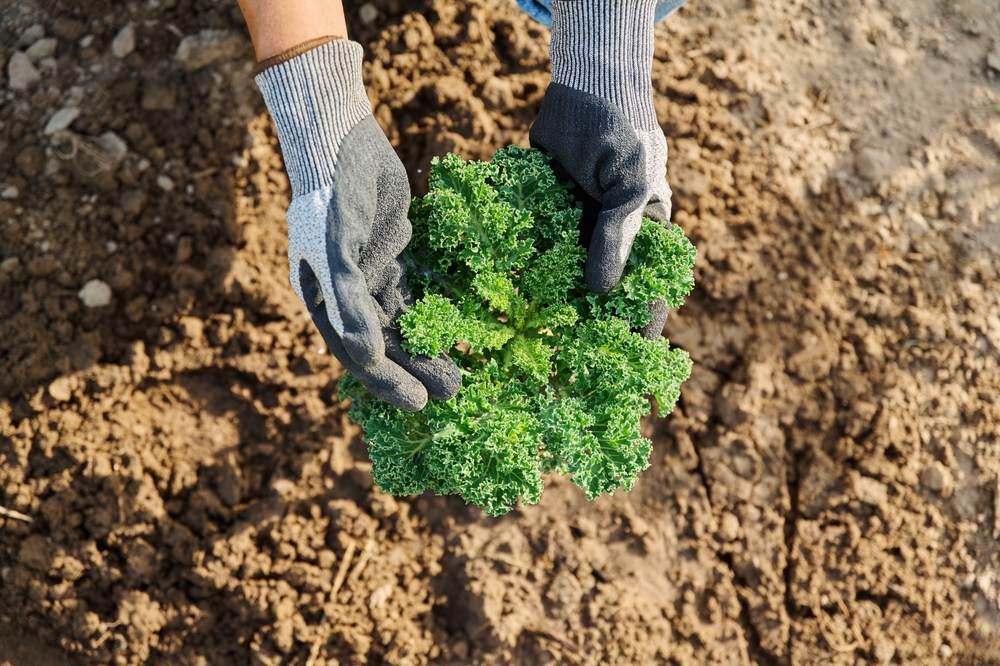
Kale is an incredibly hardy green that thrives in cooler weather, making it a perfect choice for planting in August. It is one of the most popular leafy greens due to its versatility and nutritional value. Planting kale in August gives it enough time to establish itself before the cooler fall temperatures set in. As temperatures drop, kale becomes even sweeter, which makes it an ideal crop for fall harvests. The plant can tolerate frost and even improves in flavor after the first frost, which makes it a great option for gardeners who want to enjoy fresh greens throughout the season.
Kale is rich in vitamins, antioxidants, and minerals, making it a superfood in the garden. It’s a great choice for smoothies, soups, salads, or even as a crunchy snack when baked into chips. Whether you’re planting it in rows or containers, kale does well in both small and large spaces. By planting in August, you ensure that your plants will have time to mature, and you can harvest fresh leaves throughout the fall and into early winter.
Radishes
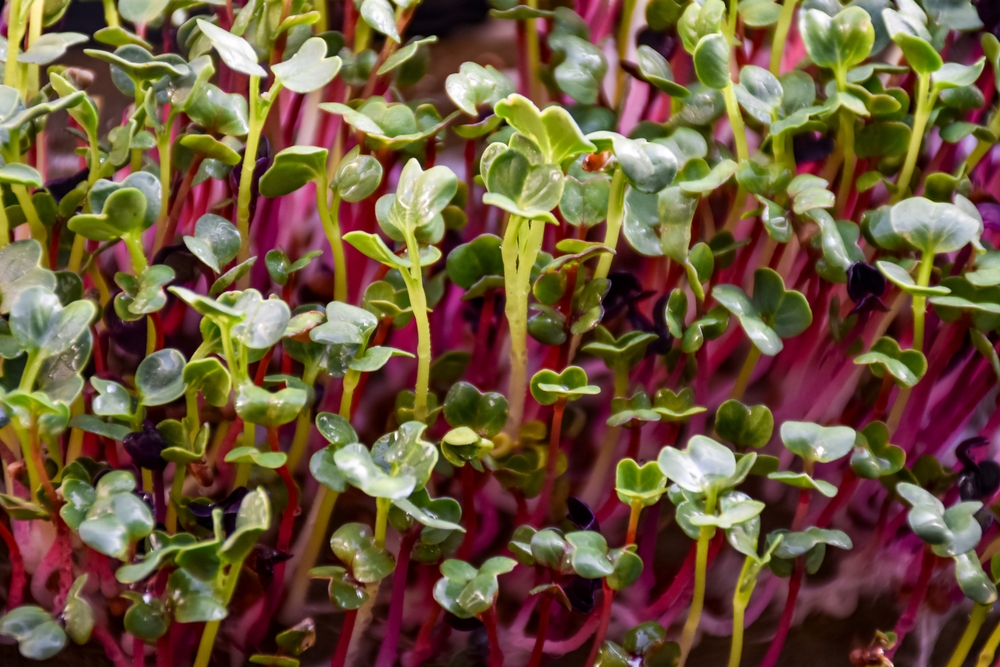
Radishes are one of the fastest-growing vegetables, making them an ideal choice for planting in August. With a quick turnaround time of just 3 to 4 weeks, you can expect to enjoy a harvest of crisp and spicy radishes in no time. Radishes thrive in cooler weather, and the fall season enhances their flavor, making them more pungent and crunchy. Planting radishes in August gives them enough time to mature before frost, allowing you to enjoy them well into the fall.
Additionally, radishes are easy to grow and require minimal care. Simply plant them in loose, well-drained soil and water consistently to ensure even growth. These root vegetables can be harvested as soon as they reach the desired size, making them a fun and rewarding addition to your garden. They also take up very little space, so they can be planted alongside other crops or in smaller areas like raised beds or containers.
Carrots
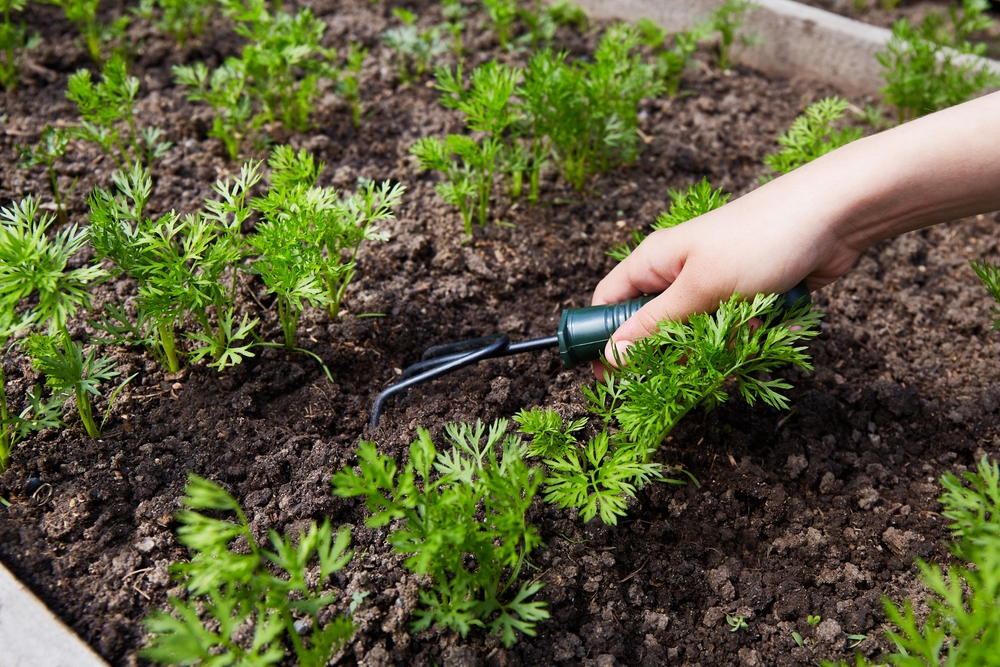
Carrots are another root vegetable that benefits from planting in August. These hardy plants are well-suited to cooler fall temperatures, which enhance their flavor and sweetness. While carrots can be planted earlier in the year, planting them in August allows them to grow slowly through the cooler months, which results in more tender and flavorful roots. The soil temperature in late summer and fall is perfect for carrots, encouraging deeper growth and larger, more robust roots.
Carrots are easy to grow, requiring only loose, well-drained soil and consistent moisture. They also have the advantage of being able to store well in the ground, so you can leave them in the soil until you are ready to harvest them. This makes them a great option for gardeners who want fresh vegetables throughout the fall and winter. By planting in August, you give carrots ample time to grow to their full potential, ensuring a harvest of delicious, crunchy carrots when the weather turns cooler.
Beets
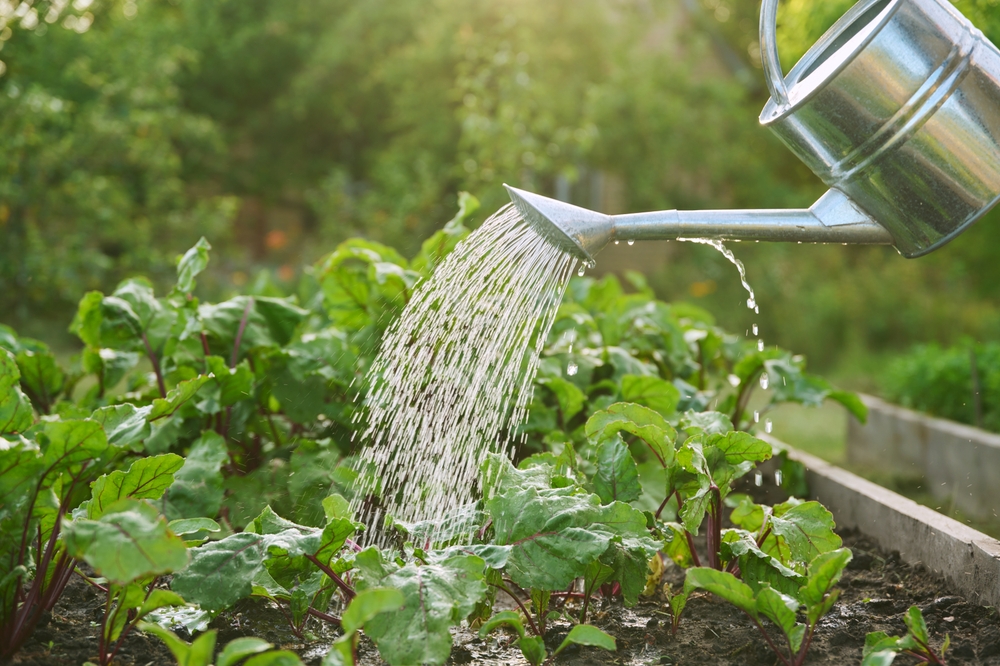
Beets are a great choice for planting in August, as they prefer cooler temperatures and can be left in the ground for storage through the winter. These root vegetables grow well in the fall and are perfect for gardeners looking to harvest fresh vegetables well into the colder months. Beets grow best when the soil is loose and well-drained, which allows their roots to expand and develop the sweet, earthy flavor they are known for. In addition, beets can be harvested as early as 6 to 8 weeks after planting, though allowing them to grow longer can yield larger roots.
The advantage of planting beets in August is that they can tolerate light frosts, which actually enhances their sweetness. In addition to the roots, the beet greens are also edible and highly nutritious. You can use them in salads, sautéed dishes, or soups, ensuring that every part of the plant is put to good use. By planting beets in August, you ensure that you will have a healthy, homegrown crop for fall meals, with the option to store them in the ground or harvest as needed.
Turnips
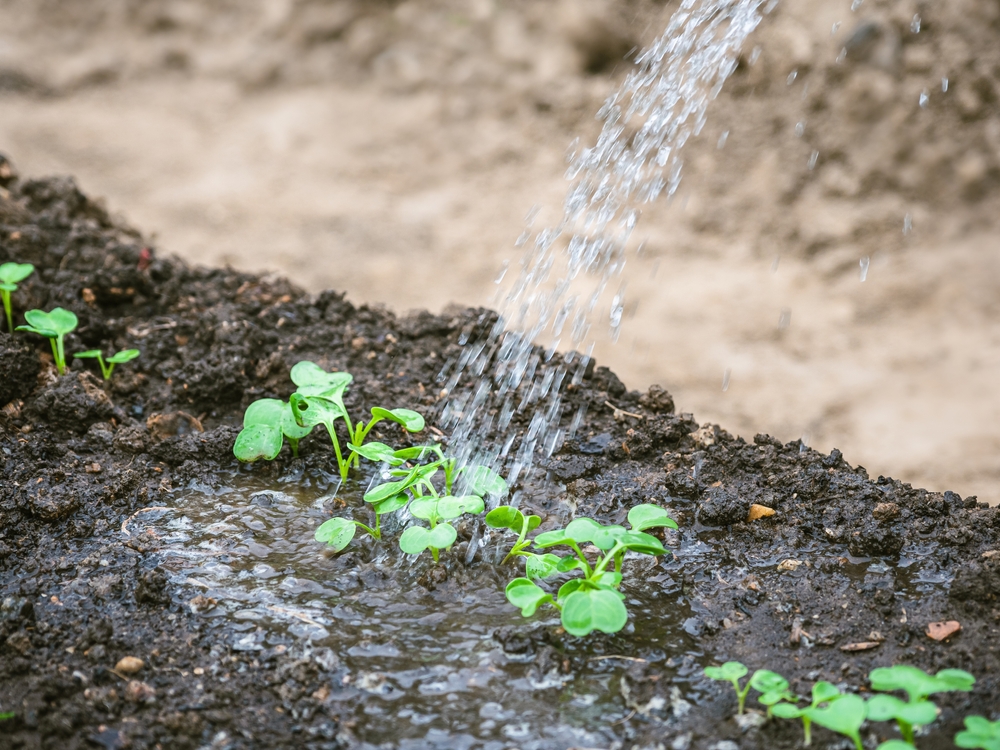
Turnips are another excellent root vegetable to plant in August, as they grow well in cooler temperatures. These hardy vegetables thrive in the fall, with their flavor becoming milder and sweeter as the weather cools. Turnips grow quickly, making them a rewarding crop to harvest just a few weeks after planting. They prefer loose, well-drained soil and regular watering to ensure they grow large and healthy.
Turnips can be harvested as soon as they reach a desirable size, but leaving them in the ground longer can result in even larger, more flavorful roots. In addition to the roots, turnip greens are edible and packed with nutrients. They can be used in a variety of dishes, from stir-fries to soups, making turnips a versatile crop for your fall garden. With their rapid growth and excellent storage capabilities, turnips are a great addition to any August planting list.
Radicchio
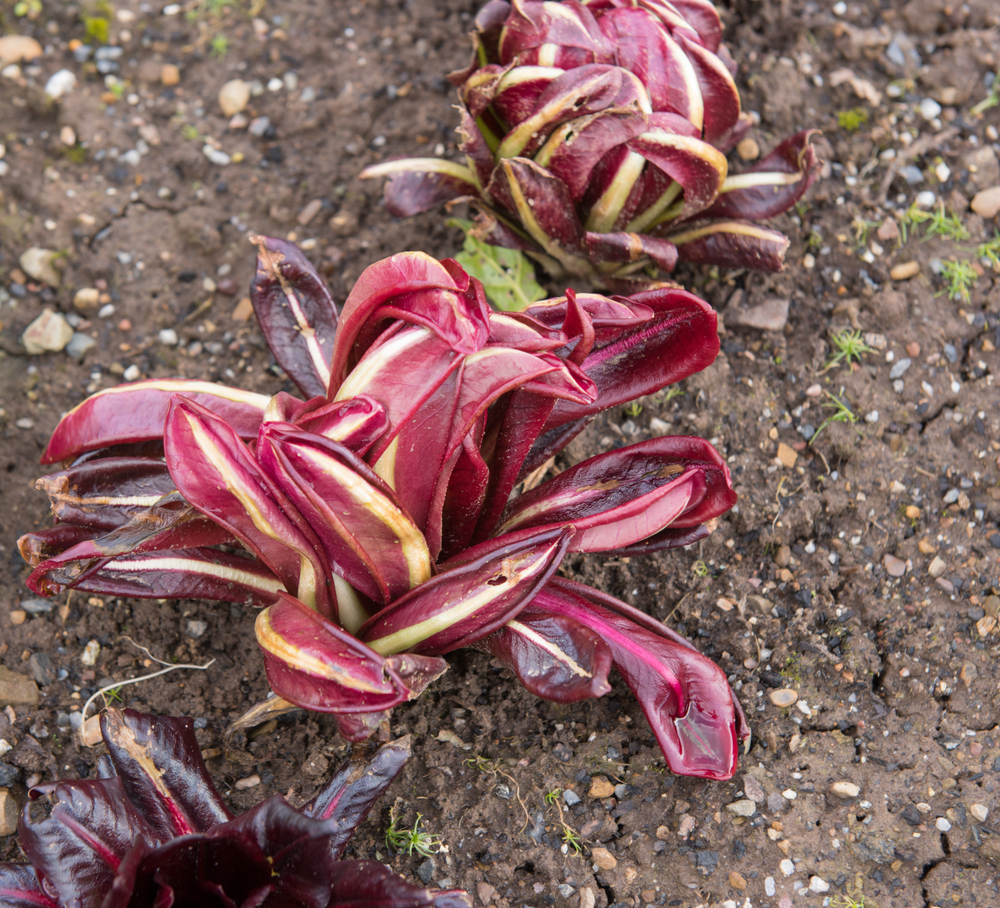
Radicchio is a leafy vegetable that adds a beautiful, bitter flavor to your fall garden. It grows well in cooler temperatures and can be planted in August for a late-season harvest. The leaves develop their distinctive red and white coloring as they mature in the fall. Planting in August gives radicchio time to grow before the first frost, which actually improves the flavor and texture of the leaves.
This vegetable requires well-drained soil and consistent moisture to grow well. While it takes about 8 to 10 weeks to mature, radicchio can be harvested as soon as the heads reach a desirable size. It can be used in salads, roasted dishes, or even grilled for a unique twist on your typical leafy greens. Radicchio is a great way to add color and depth of flavor to your fall meals.
Broccoli
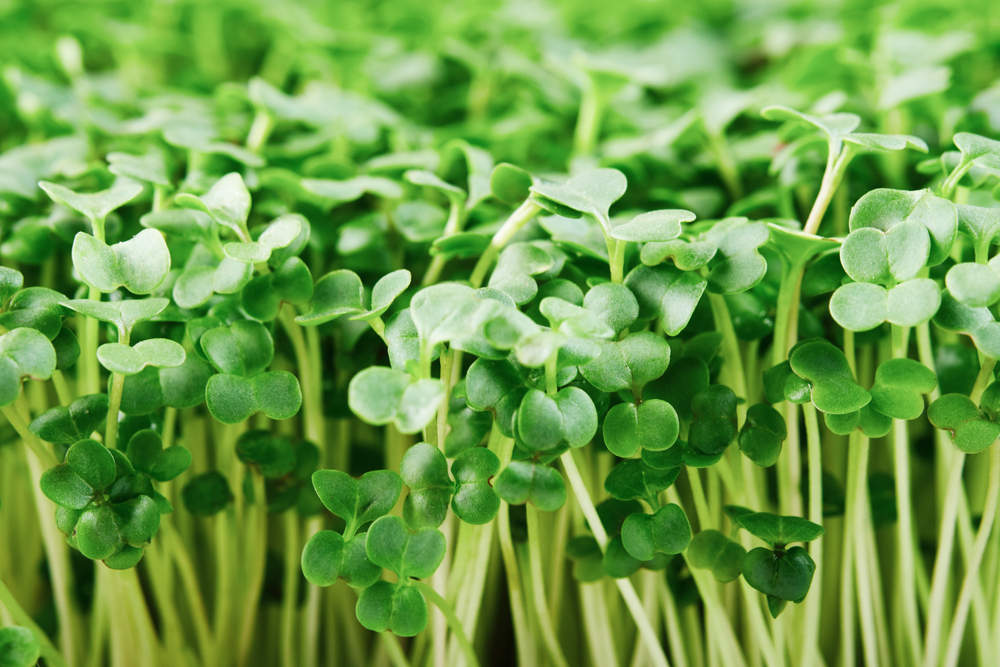
Broccoli is a cool-weather crop that thrives when planted in August. It grows well in the fall, and planting it in late summer ensures that you can enjoy fresh, homegrown florets in the cooler months. Broccoli requires rich, fertile soil and consistent moisture, so make sure to plant it in an area with good drainage and ample sunlight. This vegetable grows best in temperatures between 60 and 70°F, making fall the perfect time for planting.
Broccoli plants can take anywhere from 85 to 100 days to reach maturity, but by planting in August, you ensure that the cool fall weather will help the plants grow more quickly and produce high-quality heads. Broccoli is full of vitamins and nutrients, making it a great addition to your fall garden. Harvest the heads once they are firm and compact, and you can continue to harvest smaller side shoots for an extended crop throughout the season.
Swiss Chard
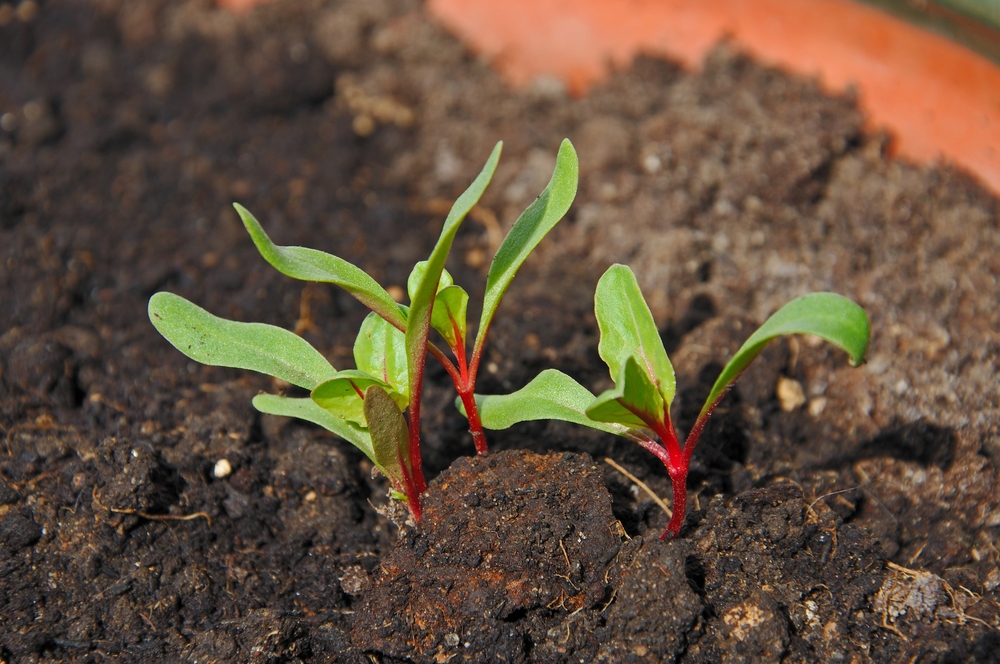
Swiss chard is another hardy vegetable that can be planted in August for a fall harvest. This leafy green grows well in cool temperatures and can be harvested as baby leaves or fully mature plants. Swiss chard is easy to grow and is known for its vibrant, colorful stems and nutrient-dense leaves. It can tolerate light frost, and the cooler fall temperatures actually improve its flavor, making it a great choice for gardeners who want fresh greens through the colder months.
In addition to being delicious, Swiss chard is rich in vitamins A, C, and K, as well as magnesium and potassium. It can be used in salads, soups, or sautéed for a healthy side dish. Swiss chard grows best in soil that is rich in organic matter, so consider adding compost or well-rotted manure before planting. By planting in August, you can enjoy a steady supply of greens as the weather cools.
Peas
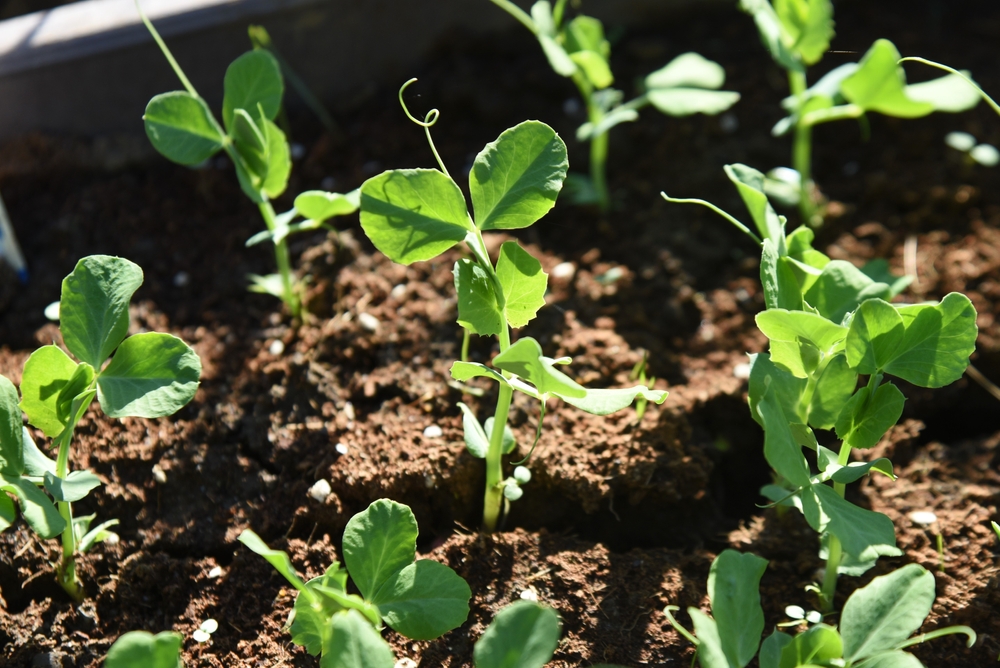
Peas are a cool-weather crop that grows well when planted in August, especially varieties like snow peas and snap peas. These vegetables are fast-growing and thrive in temperatures ranging from 55°F to 65°F, making them perfect for late summer and fall gardening. Peas can be harvested as early as 8 weeks after planting, and they do well in well-drained, fertile soil with consistent moisture.
Planting peas in August ensures that you can enjoy a fall harvest of fresh, crisp pods for snacking or cooking. Peas are versatile and can be added to salads, stir-fries, or soups. They also help improve soil health by fixing nitrogen, so planting them benefits your garden beyond just the delicious harvest. With their fast-growing nature, peas are an excellent crop for a fall garden.
This article originally appeared on Avocadu.
